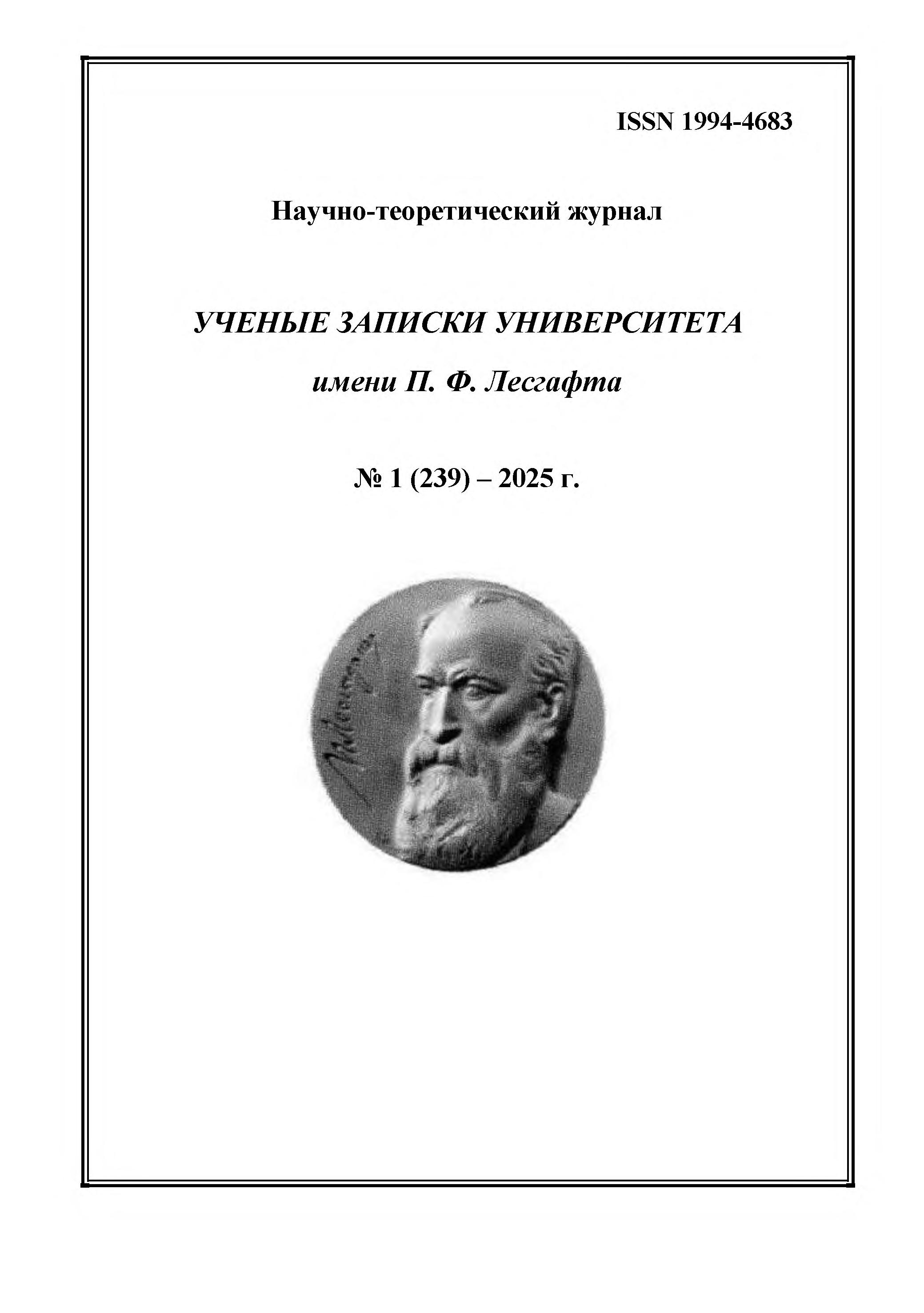graduate student from 01.01.2022 until now
CSCSTI 77.00
Russian Classification of Professions by Education 49.00.00
The purpose of the study is to identify the challenges that arise in the development of object mastery skills in rhythmic gymnastics, taking into account the coordination structure of the exercises as observed in the training process. Research methods and organization. A comprehensive set of methods was employed to achieve the objectives of the research: analysis of specialized literature and a survey in the form of questionnaires. The survey involved highly qualified specialists in rhythmic gymnastics from various cities in Russia. Research results and conclusions. Despite the extensive material in scientific and methodological literature regarding rational and irrational techniques of object manipulation, as well as the physical qualities necessary for this fundamental skill, there is a lack of research aimed at optimizing and individualizing training based on an understanding of the role of various components of gymnasts' coordination preparedness. Analysis has shown that coaches do not have a clear understanding of the percentage ratios (or priorities) in developing different coordination abilities within the context of forming fundamental object manipulation skills. The need has been identified to study the coordination profile of exercises for each apparatus (hoop, ball, clubs, ribbon, jump rope), as each apparatus imposes specific requirements on certain types of coordination abilities. The obtained data allowed for the determination of the focus of coordination and technical object-related training content for young gymnasts, as well as the identification of the set of corrective exercises and methodological techniques for developing the fundamental object manipulation skills.
rhythmic gymnastics, coordination training, technical object training
1. Malineva A. S., Artyukh D. V., Kapranova O. S. (2023), “Analysis of the content of the programs of group exercises, participating teams of the final competitions of the Russian Championship 2023”, Scientific notes of the P.F. Lesgaft University, No. 5 (203), pp. 256–258.
2. Terekhina R. N., Malneva A. S. (2022), “Analysis of the content of group exercise programs, teams participating in the final competitions of the 38th Rhythmic Gymnastics World Championships”, Uchenye zapiski universiteta imeni P.F. Lesgafta, No. 1 (203), pp. 424–427.
3. Terekhina R. N., Kryuchek E. S., Medvedeva E. N., Zenovka I. B. (2014), “A modern approach to the process of setting competitive compositions in rhythmic gymnastics”, Scientific notes of the P.F. Lesgaft University, No. 8 (114), pp. 180–185.
4. Tretyakova Yu. G. (2022), “Features of rhythmic gymnastics training at the initial stage of preparation”, Current issues of psychological and pedagogical kinesiology, recreational and adaptive physical culture, collection of materials of the All-Russian scientific and practical conference, Rostov-on-Don, pp. 238–243.
5. Usharova I. S. (2021), “Experimental methodology for the development of coordination abilities in girls of primary school age in rhythmic gymnastics”, Issues of physical culture, sports and health, collection of materials of the regional student scientific and practical conference, Novosibirsk, pp. 277–281.
6. Suprun A. A., Medvedeva E. N., Gorbacheva D. Y., Kalinina V. A. (2021), “Improving ball rolling techniques based on mastering body waves in rhythmic gymnastics”, XXV Anniversary Tsarskoye Selo Readings, Materials of the international scientific conference, Saint Petersburg, pp. 313–317.
7. Medvedeva E. N., Suprun A. A., Titova A. V., Borisova V. V. (2022), “The influence of the quality of body waves on the technique of ball rolling in rhythmic gymnastics”, Theory and practice of physical culture, No. 1, pp. 92–94.







